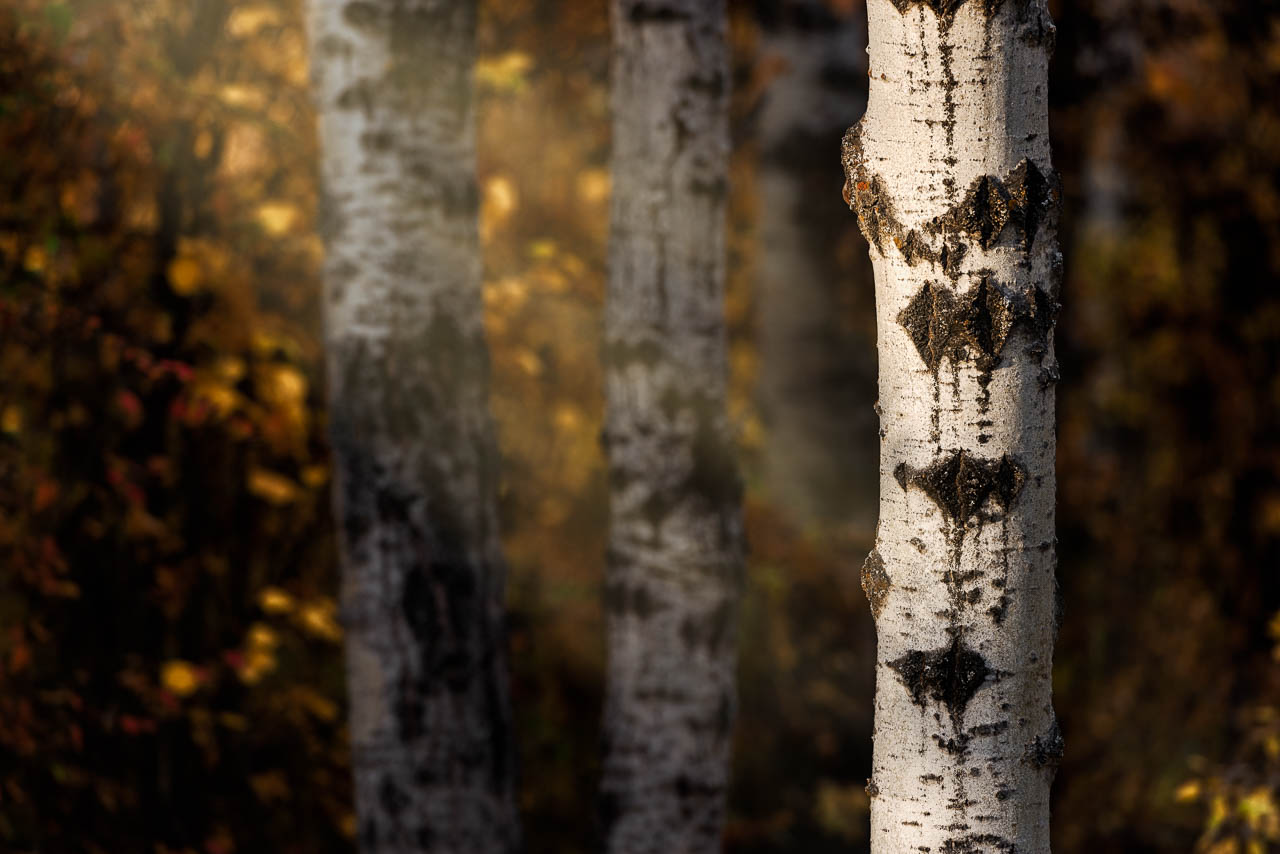
Say Goodbye to Landscape Photography Rules to Infuse Creativity
Oct 25, 2022One of the things I quickly realized when I was a new photographer is that there are many rules in photography. Do this, don't do this, don't do that. Even today, years into the craft of landscape photography, I'm still exploring and fine-tuning rules. Rules are essential in landscape photography because they help you create stronger images and messages within your photographs.
However, there are times when rules should be cast aside into that gust of wind and should be broken. Intentional rule-breaking in photography can result in very impactful images. Rule-breaking is also freeing, and in that freedom comes enormous creativity.
Yes, you should learn photography rules, but also learn to understand the importance of breaking those rules. Below are a few ways you can think about breaking landscape photography and infuse creativity into your photos.
1. Landscape images should be in focus from the front through the back of a frame
Landscape images are usually captured with a mid-range aperture, and there is a good reason for that. Mid-range apertures provide good depth of field and sharper images, both attributes that the landscape photographer will often embrace in photography.
As a portrait photographer, though, my go-to apertures were wide open. That choice would, of course, create images filled with deliciously eye-catching bokeh and isolate my subject through the use of selective focus.
But do wide-open apertures work in landscape photography? Well, I certainly think so!

ISO 400, 200mm, f4, 1/125 sec
2. Landscape images should be composed using the Rule of Thirds
Finding good composition in photography is essential to creating a strong image. One of the most basic rules of composition is that images should be composed using the rule of thirds. The rule of thirds is a simple technique in which your frame is divided into thirds on the horizontal and vertical axis. This rule states that your composition should place a subject along one of these lines. The theory behind the rule of thirds is that this composition is pleasing and comfortable for your audience.
One of my favourite ways to break this rule is when I choose a centre composition. I enjoy using centre compositions to enhance symmetry and balance within my frame. In addition, centre compositions can infuse a pleasant and peaceful feeling into an image.

ISO 400, 200mm, f7, 1/500 ss
3. Freeze movement for sharp images
Slowing down your shutter speed is magical. Using a slow shutter speed in landscape photography is a beautiful and whimsical way of incorporating movement into your images. Techniques such as long-exposure landscape photography and intentional camera movement are both examples of ways in which a photographer can explore movement and creativity in a landscape photo.

ISO 400, 86mm, f20, 1/8 sec
In my photography, I am a rule follower for the most part, but I also think that rules are meant to be broken. Intentional rule-breaking can result in powerful and creative images. So next time you're immersed in the beauty of the outdoors, consider incorporating some of the rule breakers in this article as you explore your creativity in landscape photography.


